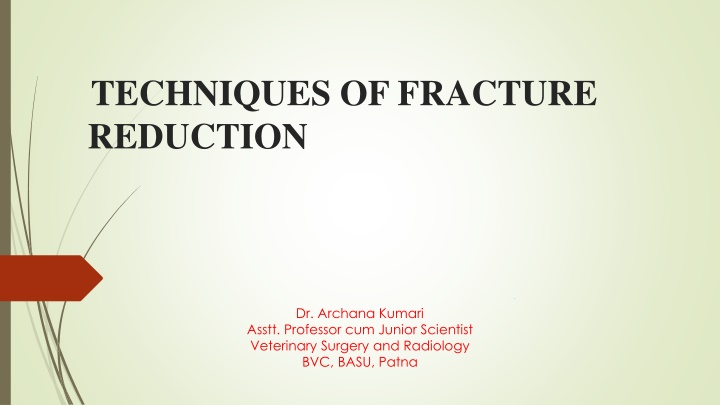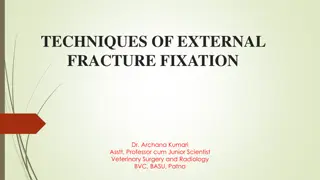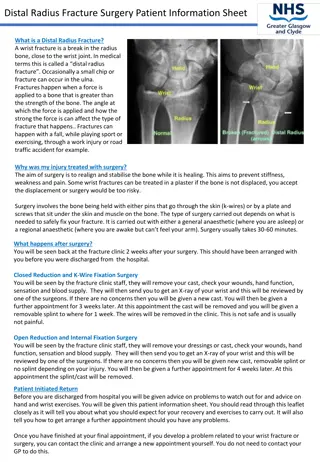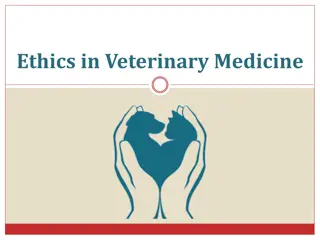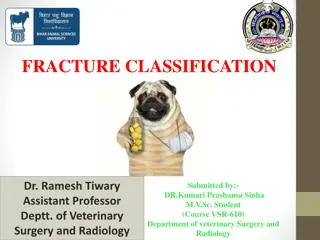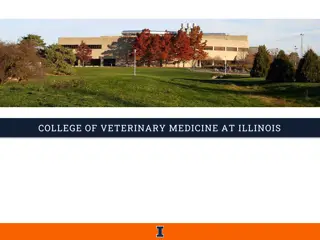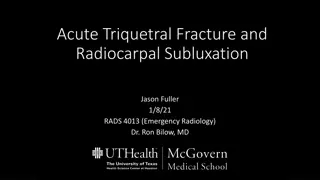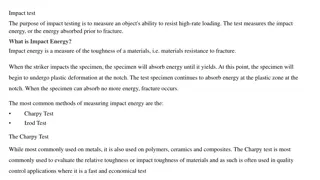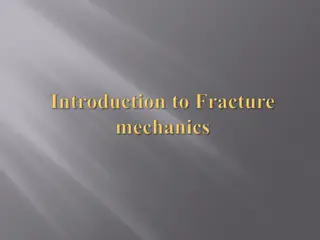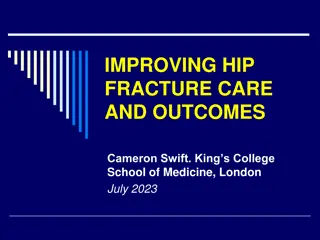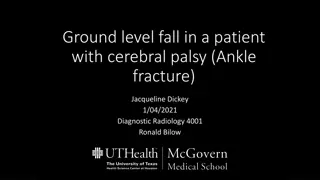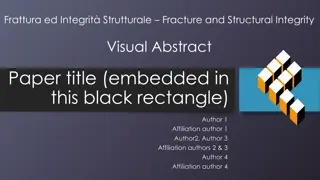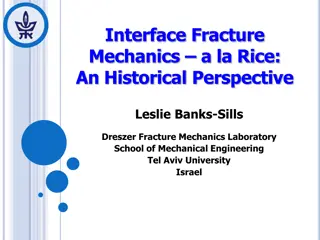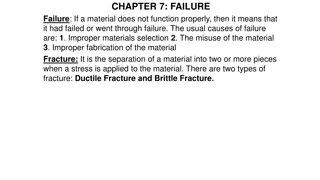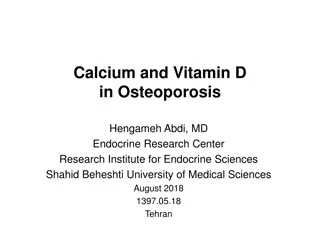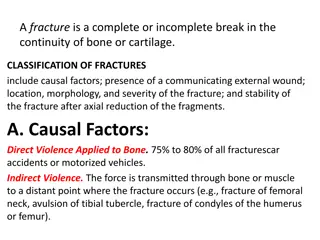Techniques of Fracture Reduction in Veterinary Medicine
Explore the techniques of fracture reduction in veterinary surgery, including closed reduction and toggling method, explained by Dr. Archana Kumari. Learn about the advantages of closed reduction, indications for treatment, and the step-by-step technique involved in reducing fractures in animals. Discover how closed reduction reduces infection risks and minimizes soft tissue trauma, making it a cost-effective and less invasive option for managing fractures in young animals.
Download Presentation

Please find below an Image/Link to download the presentation.
The content on the website is provided AS IS for your information and personal use only. It may not be sold, licensed, or shared on other websites without obtaining consent from the author.If you encounter any issues during the download, it is possible that the publisher has removed the file from their server.
You are allowed to download the files provided on this website for personal or commercial use, subject to the condition that they are used lawfully. All files are the property of their respective owners.
The content on the website is provided AS IS for your information and personal use only. It may not be sold, licensed, or shared on other websites without obtaining consent from the author.
E N D
Presentation Transcript
TECHNIQUES OF FRACTURE REDUCTION . Dr. Archana Kumari Asstt. Professor cum Junior Scientist Veterinary Surgery and Radiology BVC, BASU, Patna
PRINCIPALOF FRACTURE MANAGEMENT 4R I. II. Reduction III. Retention IV. Rehabilitation Recognition
Methods of fracture reduction Methods of fracture reduction
. The reduction of fracture can be done either by I. CLOSED REDUCTION II. OPEN REDUCTION
CLOSED REDUCTION Reduction of fracture without incising the skin or exposing the bone through external manipulation is called as closed reduction. Normally after a closed reduction, fracture is immobilized with external fixation techniques, though sometimes intramedullary or external skeletal fixation is done.
INDICATIONS Fresh fractures in young animals, comprising only two pieces with little or no overriding of fragments. Closed reduction is generally done where bone segments can be easily palpable with less muscular coverage (radius and ulna).
ADVANTAGES Reduces the risk of infection. Trauma to soft tissues from surgical exposure is avoided. The cost of initial treatment is less.
TECHNIQUE Under sedation, the animal is secured in lateral recumbency, by keeping the affected limb uppermost. The test limb is held in lifted position for a few minutes, which helps in muscle relaxation and hence facilitate fracture reduction. A rope or bandage is tied to the toe of the affected limb and straight traction is applied parallel to the long axis of the bone. This traction, counter traction and manipulation brings about reduction in some fresh cases with little overriding of fragments. In case of oblique and overlapping segments toggling or angulation method is used
DISADVANTAGES Decreased ability to achieve anatomical realignment at the fracture site. Prolonged anaesthesia if the first reduction is not perfect and the procedure must be repeated. Development of fracture disease, if external fixation techniques
OPEN REDUCTION Open reduction is achieved by exposing the fracture fragments through an incision Open reduction is done primarily along with internal fixation, although at times external fixation is used.
INDICATIONS Fractures with severe comminution Severe overriding of fracture fragments.
TECHNIQUE Under general anaesthesia, the fracture site is opened through a standard surgical approach. Fracture fragments are exteriorized and reduction can be achieved, manually or with the help of bone clamps, by traction or toggling method.
. ADVANTAGES : Fracture fragments can be directly visualized Manipulation is easy Soft tissue interposition between the segments can be avoided. DISADVANTAGES : Additional tissue trauma due to surgical incision. Chances of getting infection is also more.
